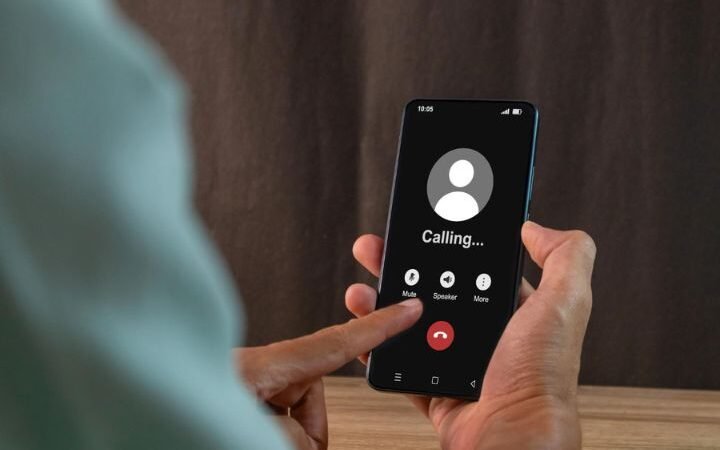What Is Meant By ‘Anchor Text’? Does It Make That Much Of A Difference?

If you are new to SEO, you’ve likely been bombarded with dozens and dozens of new words and acronyms! So much so it can feel terribly overwhelming. But don’t panic! You don’t need to be an overnight expert to succeed with SEO.
Bite size chunks!
In this article, we’ll start you off with ‘anchor text’. What is it and just how important is it in SEO?
What is anchor text?
Anchor text refers to the blue ‘clickable’ text in a hyperlink on a web page or document. These allow users to identify what the link is pointing to and thus be able to navigate accordingly.
What’s an example of anchor text?
Here’s an example of what it looks like on the page:
- “It is also important that you optimise the slugs (or URLs) on each page of your website. If your slugs are too long and complicated it looks untidy and may confuse your readers. While this doesn’t necessarily impact your SEO, you should still aim to shorten your URLs as it is a positive UX feature.”
In this example I am talking about the importance of optimising the slugs on each page of your website and then I have linked to an external resource that will teach you why and how to do this.
I could have written longer anchors (e.g., “why and how to shorten your URLs”), but in this case there is enough context provided.
Why Is it important for SEO?
While anchor text might seem insignificant, getting it right is actually rather important.
- Anchor text lets Google identify what the linked web page is all about.
- More importantly, it lets your users know what the linked web page is all about so they can decide whether it is a page they are interested in visiting.
The fact is, if your anchor text is somewhat vague, most of your users will be less inclined to click on it. And those who do follow the hyperlink and end up on a page that isn’t relevant to them, they’re going to immediately abandon the page, thus signalling to Google that the linked web page isn’t all that helpful.
Link with intention.
What are the different types?
There are a variety of types to be aware of:
- Exact match: an exact match anchor text includes the exact focus keyword targeted on the linked page (e.g., “SEO services” to a web page targeting “SEO services”). Google likes exact match, but that doesn’t give you an excuse to overuse it.
- Partial match: a partial match anchor text includes a variation or closely related keyword (e.g., “SEO services” to a web page targeting “SEO agency”).
- Branded: branded anchor texts uses the brand name instead (e.g., “Facebook” when linking to an article about Facebook).
- Generic: generic anchor texts could be something like “Click here”.
- Images: image anchors are images that are clickable and Google will use the image alt text as the anchor.
- Pure links: pure links simply include the URL itself and no anchor text (e.g., stuffinpost.com)
Best practices when writing anchor text?
- Keep it relevant.
- Keep it short and sweet.
- Frequently mix up your anchor texts.
- Make sure it appears natural. Don’t force it!
Also Read : Here’s Why Google Should Not Be The Driving Force Behind Your SEO Strategy


